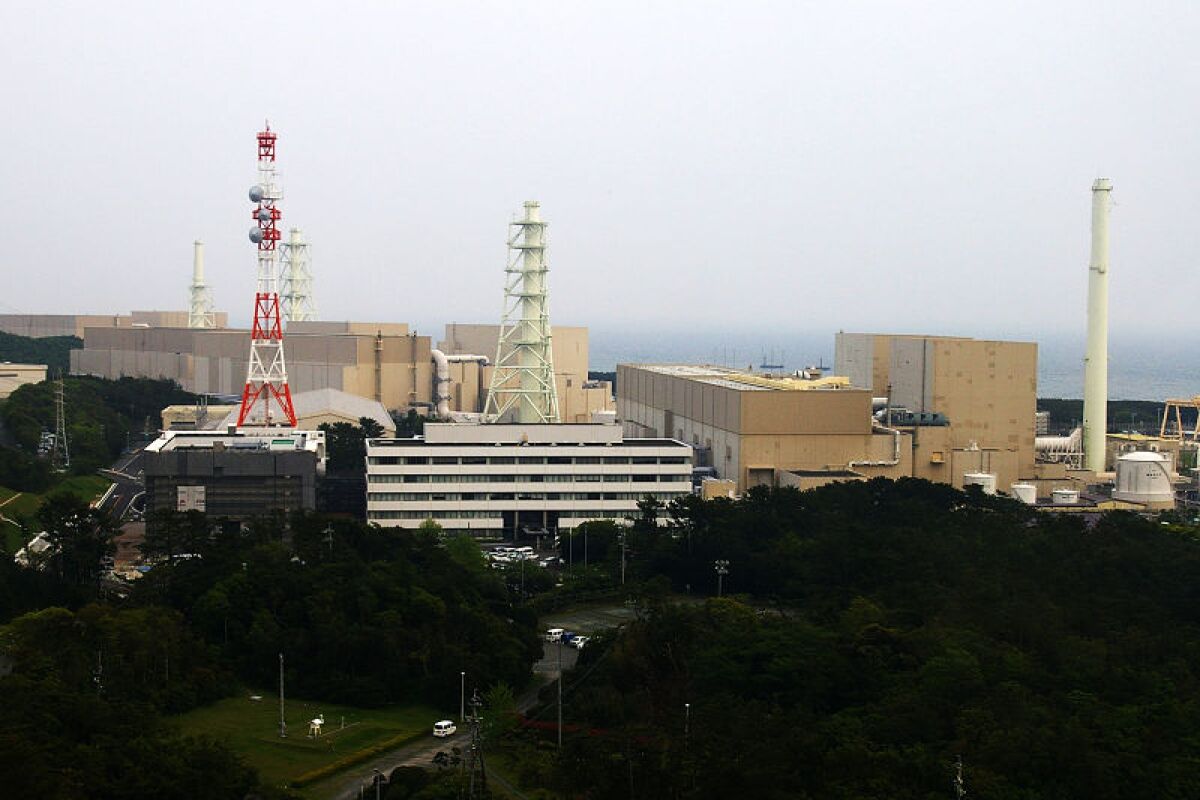
I do suspect that the basic cement recipe needs only a modest adjustment to get an optimal blend. Concrete in sea water will certainly be hydrated and it is necessary only to have some source material as it is acting as a binder. And it is mobile.
Whether this can also work with weathering surfaces is a good question. A tough surface would always be welcome.
What this argues though is all this takes time and plenty of it. Try a working decade and possibly much more. Though this suggests that it is fast enough to prevent minor damage. Five or six years could do it perhaps.
Ancient Roman concrete mineral found strengthening nuclear reactor walls
January 13, 2021
Concrete walls at the Hamaoka Nuclear Power Plant were found to have become stronger over their lifetime
https://newatlas.com/materials/ancient-roman-concrete-mineral-nuclear-reactor/
In a list of walls that you’d want to stay strong, those in a nuclear reactor would be near the top. Now, researchers have found that the walls in a decommissioned power plant in Japan have not only kept their strength but have actually gotten stronger with use, thanks to a rare mineral also found in ancient Roman concrete.
We tend to think of our modern materials as superior to the primitive ones of old, but that’s not always the case. A concrete structure made from regular Portland cement, standing in seawater, will need repairs and may succumb to the elements within a few decades. Yet there are marine barriers in Italy still standing strong after more than 2,000 years.
Recent studies uncovered the mechanism behind that feat. The original mixture contains volcanic ash, and when salt water gets inside it dissolves that ash, creating a mineral called aluminous tobermorite. These crystals actually make the concrete stronger than it was when it was first made.
It may sound like aluminous tobermorite would be a perfect addition to cement to make it stronger, but it’s not that easy. Making the crystals in the lab requires temperatures of over 70 °C (158 °F), which can weaken the concrete itself.
Out in the field though, it seems other chemical processes are producing the mineral at lower temperatures and reinforcing concrete structures. It happened with the ancient Roman sea walls – and now, scientists have discovered the process at work in the walls of a nuclear reactor.
The researchers on the new study took samples from thick concrete walls and a slab from Unit 1 of the Hamaoka Nuclear Power Plant in the city of Omaezaki in Japan. This unit operated between 1976 and 2009, and for 16.5 years during that period it ran at full power, constantly exposing the walls to temperatures of between 40 and 55 °C (104 and 131 °F).
Sure enough, aluminous tobermorite was detected in the samples. The team calculated that the mineral had made these walls more than three times stronger than they had been when first built.
"We found that cement hydrates and rock-forming minerals reacted in a way similar to what happens in Roman concrete, significantly increasing the strength of the nuclear plant walls," says Ippei Maruyama, corresponding author of the study.
On closer examination, the team found that the walls had retained moisture, which reacted with minerals like portlandite in the concrete. This boosted the alkali content of the wall, and made silicon and aluminum ions more available, which eventually helped form the aluminous tobermorite.
The team hopes that the find could improve cement recipes to make stronger, longer lasting and more environmentally friendly concrete.
"Our understanding of concrete is based on short-term experiments conducted at lab time scales," says Maruyama. "But real concrete structures give us more insights for long-term use.”
The research was published in the journal Materials & Design.
No comments:
Post a Comment